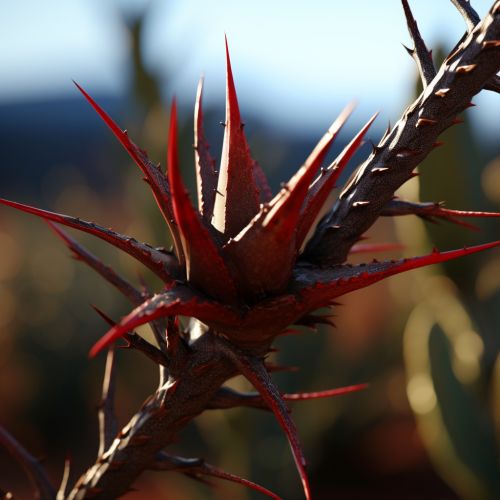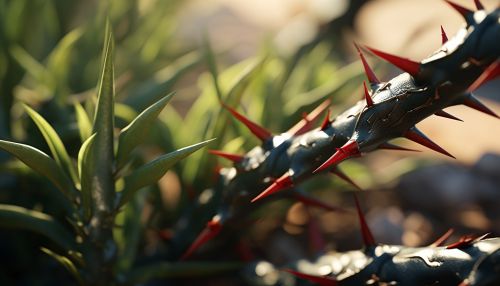Mechanisms of Plant Defense Mechanisms in Ecosystems
Introduction
Plant defense mechanisms are a set of complex biological processes and structures that plants use to deter, resist, or tolerate herbivorous attacks. These mechanisms are crucial for plant survival and reproduction, and they play a significant role in shaping the structure and function of ecosystems.
Physical Defense Mechanisms


Plants have evolved a variety of physical defense mechanisms to deter herbivores. These include mechanical barriers such as thorns, spines, and prickles, which can cause physical harm to herbivores. Other physical defenses include the production of tough, indigestible tissues such as lignin and cellulose, which can reduce the nutritional value of the plant to the herbivore.
Chemical Defense Mechanisms
In addition to physical defenses, plants also produce a wide range of chemical defenses. These include secondary metabolites such as alkaloids, terpenoids, and phenolic compounds, which can have toxic, repellent, or deterrent effects on herbivores. Some plants also produce volatile organic compounds (VOCs) in response to herbivore attack, which can attract natural enemies of the herbivores.
Induced Defense Mechanisms
Plants can also activate induced defense mechanisms in response to herbivore attack. These defenses are typically not present in the plant until it is attacked, and they can include both physical and chemical defenses. For example, some plants can increase the production of defensive chemicals or toughen their tissues in response to herbivore damage. Others can emit VOCs that attract natural enemies of the herbivores or signal neighboring plants to activate their own defenses.
Ecological Implications of Plant Defense Mechanisms
Plant defense mechanisms have significant implications for ecosystem structure and function. They can influence the abundance and diversity of herbivores and their natural enemies, shape plant-herbivore interactions, and affect nutrient cycling and energy flow in ecosystems. For example, plants with strong defenses can reduce herbivore populations and promote biodiversity by preventing any single herbivore species from dominating. Similarly, the production of defensive chemicals can affect soil nutrient cycling by altering decomposition processes.
Evolution of Plant Defense Mechanisms
The evolution of plant defense mechanisms is a complex process influenced by various ecological and evolutionary factors. These include the intensity and frequency of herbivore attack, the cost of defense production, and the genetic variability of the plant population. The evolution of plant defenses is often described as a "co-evolutionary arms race" between plants and herbivores, with each group continually evolving new strategies to overcome the other's defenses.
Conclusion
Understanding the mechanisms and ecological implications of plant defense against herbivores is crucial for managing and conserving biodiversity in ecosystems. It can also have practical applications in agriculture, where plant defense mechanisms can be harnessed to improve crop resistance to pests and reduce reliance on chemical pesticides.
